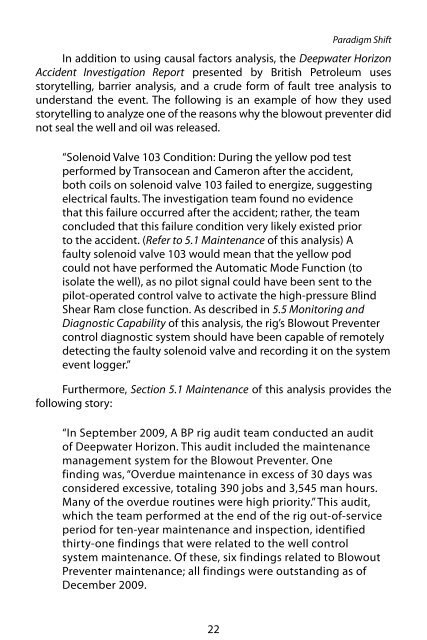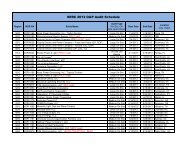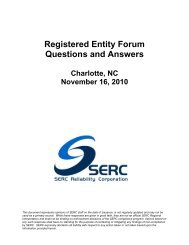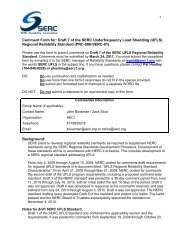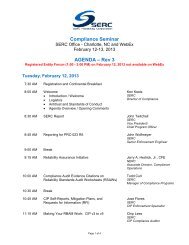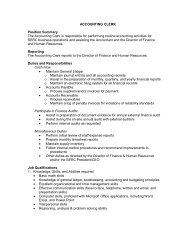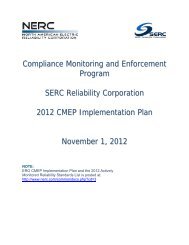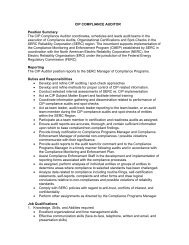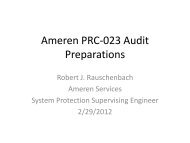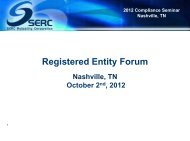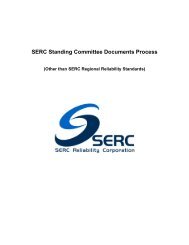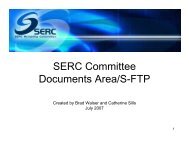RealityCharting e-book .pdf - SERC Home Page
RealityCharting e-book .pdf - SERC Home Page
RealityCharting e-book .pdf - SERC Home Page
- No tags were found...
You also want an ePaper? Increase the reach of your titles
YUMPU automatically turns print PDFs into web optimized ePapers that Google loves.
Paradigm Shift<br />
In addition to using causal factors analysis, the Deepwater Horizon<br />
Accident Investigation Report presented by British Petroleum uses<br />
storytelling, barrier analysis, and a crude form of fault tree analysis to<br />
understand the event. The following is an example of how they used<br />
storytelling to analyze one of the reasons why the blowout preventer did<br />
not seal the well and oil was released.<br />
“Solenoid Valve 103 Condition: During the yellow pod test<br />
performed by Transocean and Cameron after the accident,<br />
both coils on solenoid valve 103 failed to energize, suggesting<br />
electrical faults. The investigation team found no evidence<br />
that this failure occurred after the accident; rather, the team<br />
concluded that this failure condition very likely existed prior<br />
to the accident. (Refer to 5.1 Maintenance of this analysis) A<br />
faulty solenoid valve 103 would mean that the yellow pod<br />
could not have performed the Automatic Mode Function (to<br />
isolate the well), as no pilot signal could have been sent to the<br />
pilot-operated control valve to activate the high-pressure Blind<br />
Shear Ram close function. As described in 5.5 Monitoring and<br />
Diagnostic Capability of this analysis, the rig’s Blowout Preventer<br />
control diagnostic system should have been capable of remotely<br />
detecting the faulty solenoid valve and recording it on the system<br />
event logger.”<br />
Furthermore, Section 5.1 Maintenance of this analysis provides the<br />
following story:<br />
“In September 2009, A BP rig audit team conducted an audit<br />
of Deepwater Horizon. This audit included the maintenance<br />
management system for the Blowout Preventer. One<br />
finding was, “Overdue maintenance in excess of 30 days was<br />
considered excessive, totaling 390 jobs and 3,545 man hours.<br />
Many of the overdue routines were high priority.” This audit,<br />
which the team performed at the end of the rig out-of-service<br />
period for ten-year maintenance and inspection, identified<br />
thirty-one findings that were related to the well control<br />
system maintenance. Of these, six findings related to Blowout<br />
Preventer maintenance; all findings were outstanding as of<br />
December 2009.<br />
22


